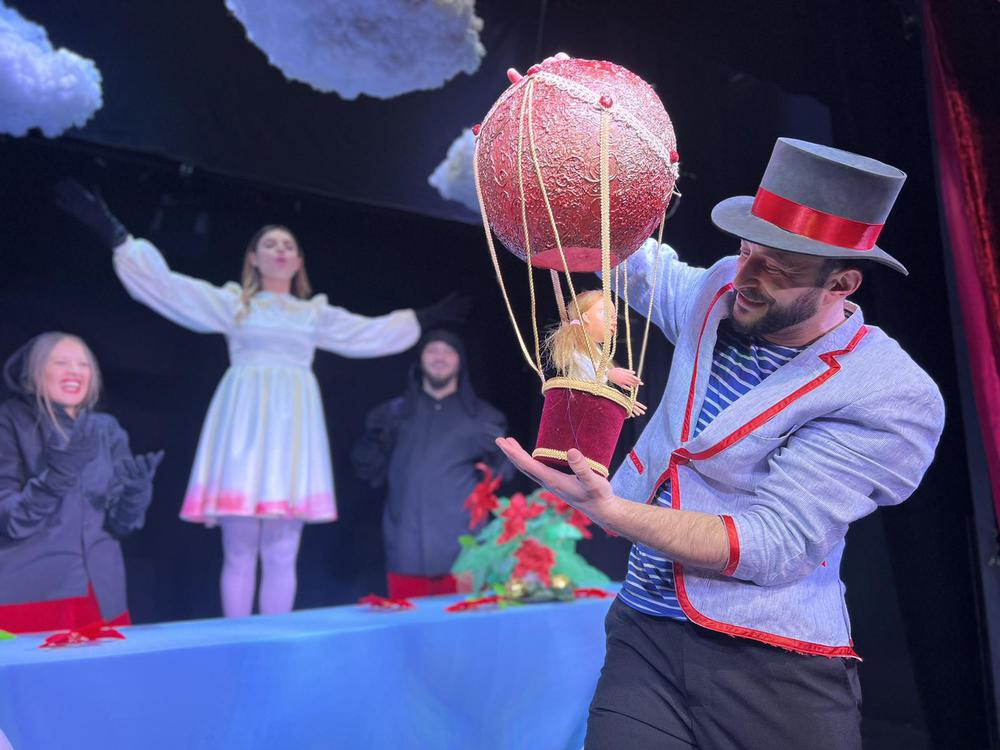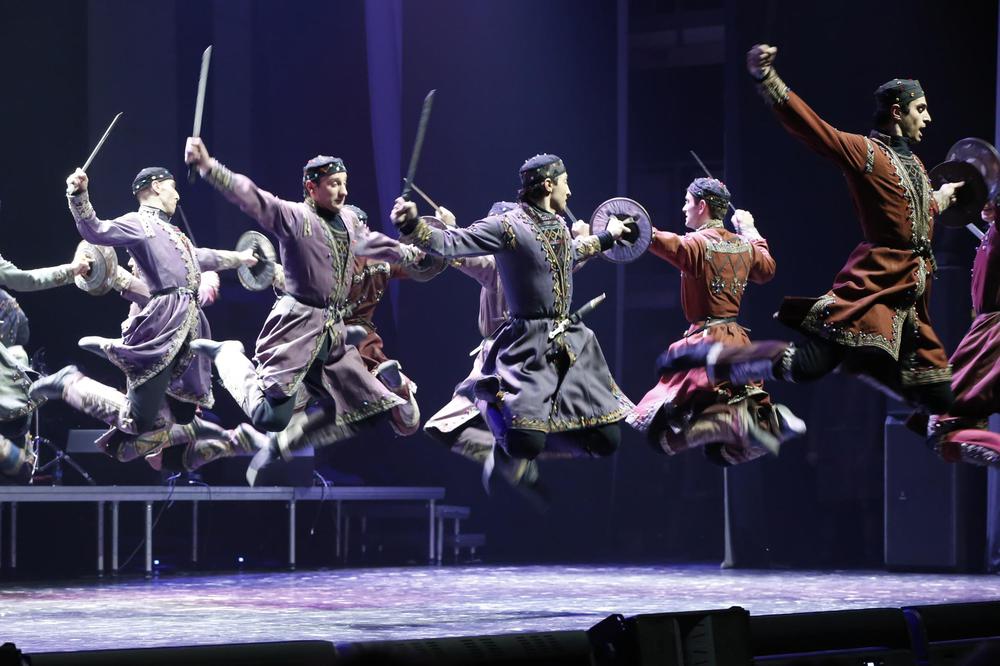Georgia, a country rich in cultural diversity and history, boasts a unique artistic tradition in puppetry. Puppet theaters in Georgia are not just entertainment; they are a reflection of the nation's heritage, narrating stories that intertwine folklore, humor, and social commentary. This article delves into the history, development, and current state of Georgian puppet theaters, exploring how these performances have become an integral part of Georgian culture.
Historical Roots of Puppetry in Georgia
The origins of puppetry in Georgia date back to ancient times when puppet shows were part of rituals and satirical entertainments. The Tbilisi Theatre Museum, for example, showcases mobile figures operated by performers using a panduri, a traditional stringed instrument. These puppeteers, known as 'kouknes,' were custodians of a tradition passed down through generations, with each koukne responsible for creating their own puppets and shows.
The Development of Puppetry Over Centuries
Georgian puppetry evolved significantly over the centuries. In the 19th century, shadow theater shows, inspired by Persian and Turkish influences, gained popularity in urban coffee-houses. These performances were known for their comedic and satirical edge, often featuring the puppet Bentera, a character akin to the Russian Petrushka.
The Birth of Professional Puppet Theaters
The first professional puppet theater in Georgia, The People’s Puppet Theatre (later known as the Tbilisi Georgy Mikeladze State Puppet Theatre), was established in 1934. Founded by Georgy Mikeladze, it brought together notable actors and designers, such as Mikhail Saraouli and Irakly Mdivani, to produce shows that blended Soviet ideological rigour with Georgian national culture.
Puppet Theater in the Soviet Era and Beyond
During the Soviet era, Georgian puppet theaters, like the Georgy Mikeladze company, were state-supported and enjoyed significant cultural status. They produced a range of plays, from Russian classics to poetic foreign plays and Georgian national repertories. Post-Soviet independence allowed a greater focus on Georgian culture, leading to a revival of traditional puppetry forms and narratives.
Present-Day Puppet Theaters in Georgia
Today, Georgian puppet theaters coexist with private enterprises, offering a mix of traditional and modern performances. Notable examples include the Tbilisi Russian Puppet Theatre, founded in 1936, the Yakov Goguebashvili Puppet Theatre, established in 1938, and the Tbilisi Marionette Theatre of Rezo Gabriadze. These theaters continue to enchant audiences with their artistic creativity and cultural significance.
Educational Role and Audience Engagement
Puppet theaters like the Tbilisi State Puppet Theater play a vital role in children's education and cultural development. They offer a blend of fairy tales and educational plays, helping young audiences understand complex social and cultural issues. The theater's design, with toys, colorful corridors, and exhibitions of historic items, creates a magical environment that leaves a lasting impression on children and adults alike.
Conclusion
Georgian puppet theaters represent a vibrant and essential aspect of the country's cultural landscape. They are more than mere entertainment; they are a living repository of Georgian history, folklore, and artistic expression. As Georgia continues to embrace its rich cultural heritage, puppet theaters remain a testament to the enduring power of storytelling and the arts in shaping national identity.


 Rustaveli Theater Performances
Rustaveli Theater Performances
 Georgian Polyphonic Singing Concerts
Georgian Polyphonic Singing Concerts
 Georgian Folk Dance Shows
Georgian Folk Dance Shows




